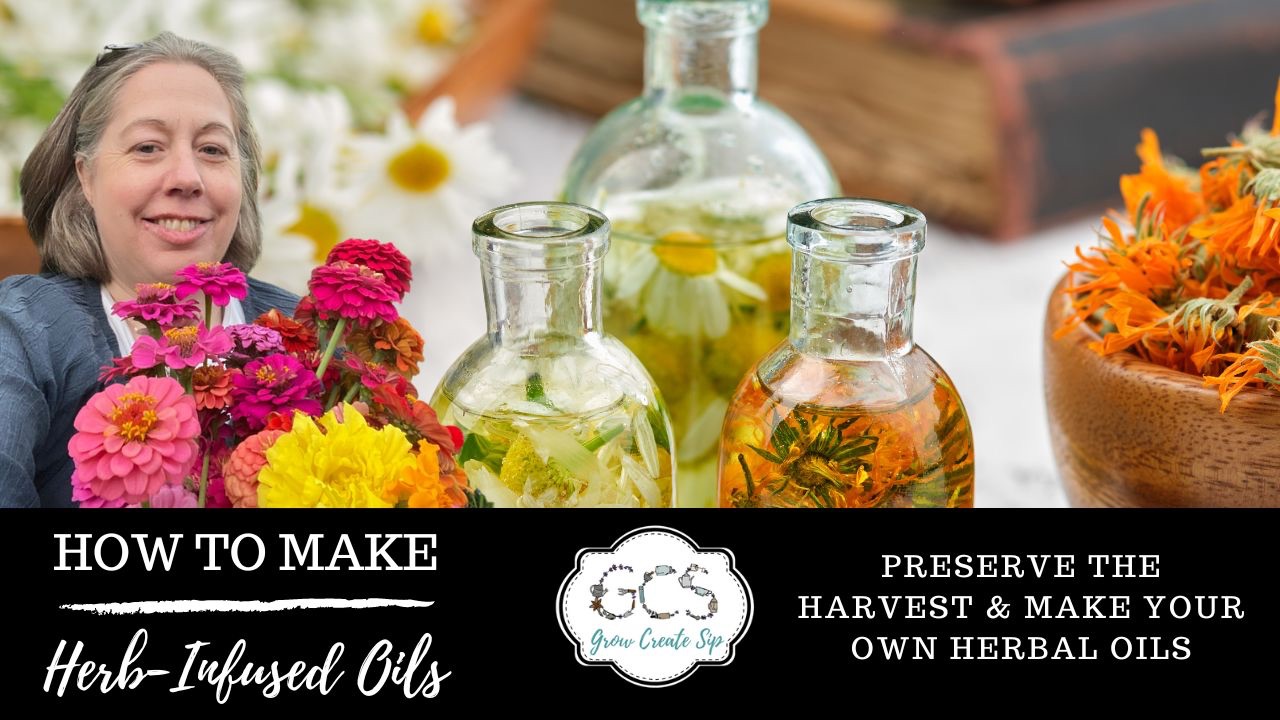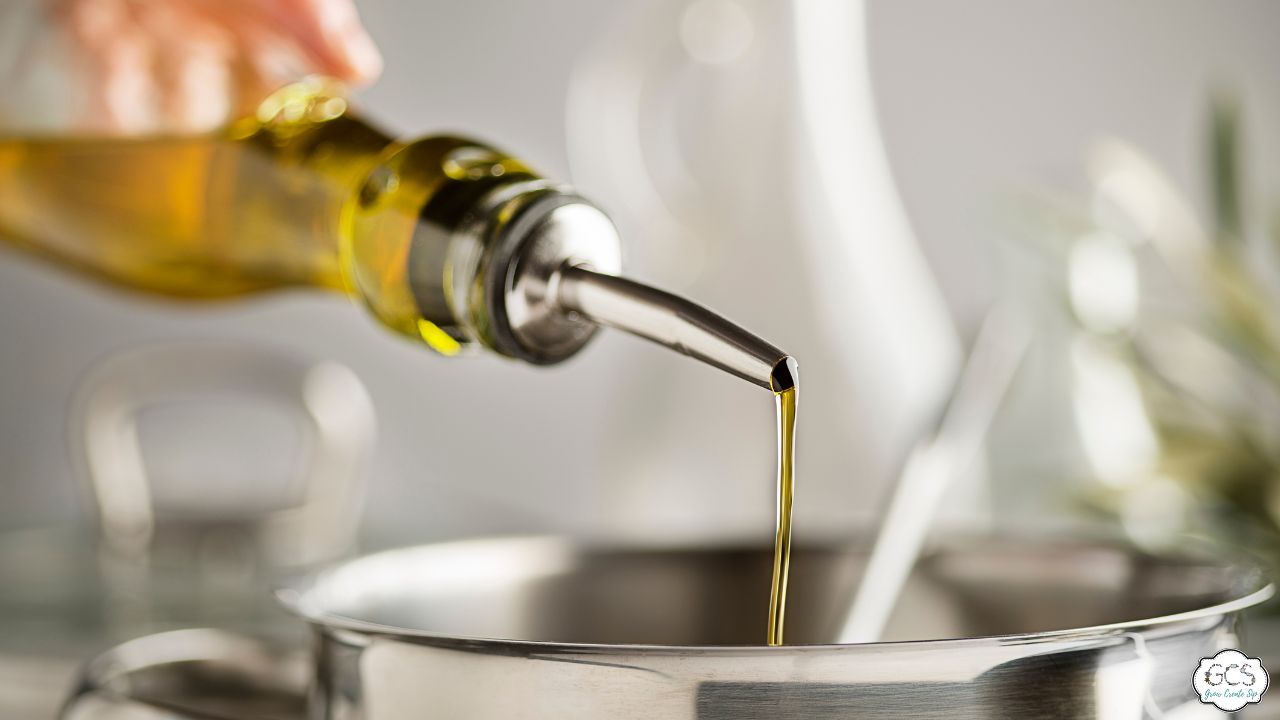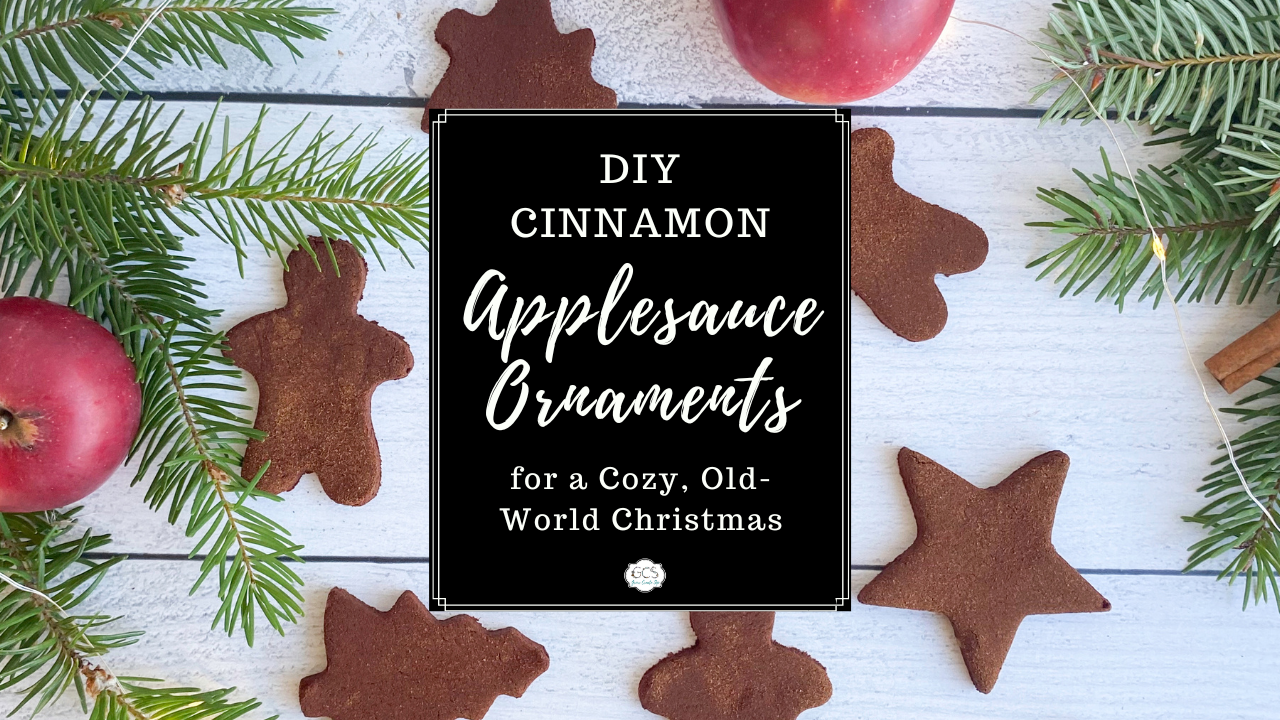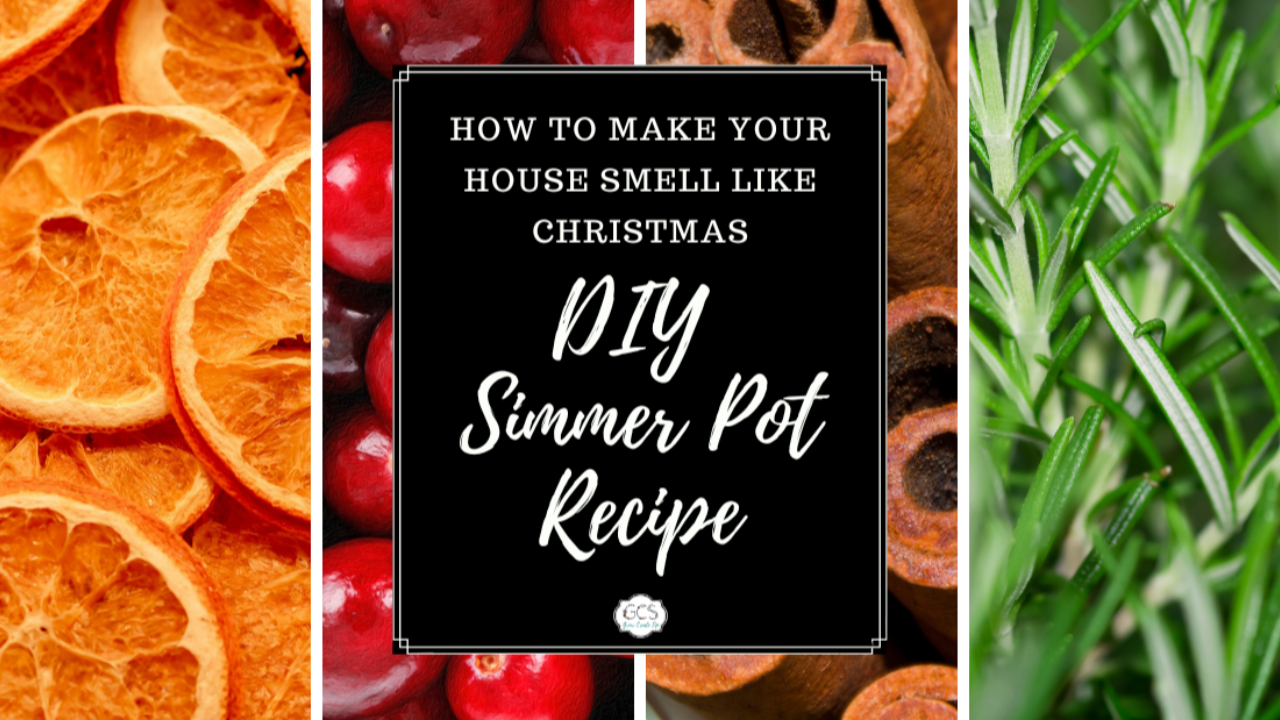How to Make Herb-Infused Oils with Medicinal Herbs
Jul 25, 2023
Learning how to make herb-infused oils with medicinal herbs is a must-have skill for any home herbalist. Using oils with herbs has been a time-honored tradition for centuries as a way to preserve an herb harvest, enhance flavors in cooking, and also to create healing remedies.
The ancient Egyptians were the first to record the use of infused oils. Many of our Farmhouse Tea customers are familiar with this antibiotic salve made with infused oils, but did you know that you can make all sorts of different infused oils? Infused oils are easy to make, and once you have your infused oil made, it can be used as base for a myriad of other creations such as salves, lip balms, and massage oils.
Why should I make my own herbal infused oils?
Making herbal infused oils at home is a very rewarding process. To take a plant and turn it into something that can soothe and support healing is a wonderful tool to have in your herbalist box. However, one of the most important reasons to make herbal-infused oils at home is that they are very safe. As long as your oil is made and stored properly, the oils that you can create at home have a very high safety profile, especially when used externally. We’ll discuss technique and safety further.

The Legal Stuff
The contents of this blog are made available via St. Fiacre's Farm LLC through Grow Create Sip and Farmhouse Teas and are for informational purposes only. This blog does not constitute medical advice; the content is not intended to be a substitute for professional medical advice, diagnosis, or treatment. Always seek the advice of a qualified healthcare provider with any questions you may have regarding a medical condition. If you think you may be suffering from any medical condition, you should seek immediate medical attention. You should never delay seeking medical advice disregard medical advice or discontinue medical treatment because of information provided by St. Fiacre's Farm, Farmhouse Teas or Grow Create Sip. Reliance on any information provided by this webinar is solely your own risk. St. Fiacre's Farm LLC (along with Farmhouse Teas and Grow Create Sip) is a participant in the Amazon Services LLC Associates Program, an affiliate program designed to provide a means for our team to earn fees for recommending our favorite products! Along with additional affiliate programs not associated with Amazon. We may earn a small commission, at no additional cost to you, should you purchase an item after clicking one of our links. Thanks for supporting us!
What Is Herb-Infused Oil?
A herb-infused oil is simply oil steeped with medicinal plants. The oil acts as a carrier for the volatile oils in the herbs, allowing them to be easily absorbed by the skin. Oils can be pressed from seeds and plants or more commonly oils are purchased to use for herb-infusions. You can use a variety of 'base' oils for your infused oil, also known as carrier oils, including:
- Olive oil
- Coconut oil almond oil
- Jojoba oil
- Apricot Oil
- Avocado Oil
- Sunflower oil
- Or any other edible plant oil that is liquid at room temperature
Herbal Infused Oils Are Not Essential Oils?
An herb-infused oil is not the same as an essential oil. Essential oils are the volatile oils of plants that have been distilled into a highly concentrated form. None of the information here refers to essential oils which need special equipment to make and should always be used highly diluted.

How to Make Herb-Infused Oil
There are many ways to make herb-infused oils. Your method can be as simple as putting herbs in a jar covering them with oil and letting them sit for weeks or months. Or you can speed up the process by adding heat. Whatever method you choose, be sure to shake and agitate your jar often to ensure that all the plant material is fully coated with oil. Read on to find out about the different methods for making infused oils and what equipment you need. Don’t worry. It’s easy!
Equipment Needed for Herbal Oils
No special equipment is needed to make herbal-infused oils. You can use things you already have in your kitchen. The key tools that you need are very basic. They include:
- Herbs, fresh or dried
- Carrier oil
- Glass Jar with a lid (We love these lids)
- Some other basic tools such as a saucepan can be helpful depending on what infusion method you choose.
Methods for Making Herbal Oils
Folk Method
This method is imprecise, but it is time-honored and has been used all over the world for thousands of years. The folk method needs no special equipment. All you need is a jar, herbs, and time.
To make infused oil using the folk method, follow these steps:
- Fill a glass jar no more than ¾ full if using fresh herbs, or half full if using dried herbs.
- Cover with the base oil of your choice and put the lid on the jar.
- Let it sit for 2-6 weeks or longer, depending on the potency desired.
- Shake the jar daily for the first two weeks to ensure that all the plant material becomes saturated with oil. This will prevent mold from occurring in your infusion as it will coat the plant material and reduce its exposure to oxygen.
- After the infusion period, strain out all the plant material.
- Label and store in a cool, dark place.

Sun Method
Some herbalists like to sit their jar of herbal oil in a sunny window, or even outside in the sun to add warmth to the infusion. While the added warmth can speed up the infusion of the medicinal properties into the oil, there is some debate as to whether this method encourages the growth of mold and whether the light can degrade the plant material or cause the oils to go rancid more quickly.
Yet, even with the above caveats, many trusted herbalists use the sun to infuse their oils. If you are drawn to this method, watch for condensation inside the jar, especially if you keep your oils outside, as the temperature shifts from hot days to cool nights, which can result in condensation. You may want to consider only using the sun as an infusion method when the weather is mild and the temperatures are more stable such as spring or fall. If you do see water condensing inside your jar, you’ll want to address this since as you know, water and oil don’t mix, and the addition of water in your infused oil can lead to bacteria or mold. You can remove the moisture in the jar a couple of different ways:
How to remove moisture and condensation from your herbal-infused oil:
- You can pour the contents of the jar into a saucepan and gently heat (but do not simmer or boil - you don’t want to cook your plant material) your oil to allow some of the water to evaporate before returning the material back to the jar.
- You can also remove the lid and cover the jar with a breathable cover like a paper towel, coffee filter, or cloth and a rubber band. This will allow the moisture to evaporate over a 2-3 day period after which the regular lid can be placed back on the jar.

Heat Method
This method adds a little heat which helps the medicinal properties of the herbs to infuse into the oil faster than it would if you use the folk method in which the jar sits for several weeks. Using this method, your oil can be finished in 2-3 days or as little as 2-3 hours. You need no special equipment for this method. You can use things that you already have in your kitchen.
To use the Heat Method to infuse your oil, you have a couple of options for adding in the heat.
- Stovetop: Using a double boiler or a saucepan, fill half full with water. Place a small, thin washcloth in the water so that it rests on the bottom of the pan. Set your lidded glass jar with your oil and herbs on the washcloth. This will prevent the glass from sitting directly on the heat. Watch your pot carefully and bring the water to a very low simmer, but do not let it boil. You don’t want to cook your herbs, warm them. Once the water comes to a simmer, turn off the heat and let the jar sit until it is cold. You can repeat this heating process multiple times over several days if desired, or you can strain and use your oil immediately.
- Crockpot: Fill your crock pot with water. Place a washcloth in the water on the bottom of your crock, and sit your lidded glass jar with herbs and oil on the cloth. Do not place the lid on the crock pot. Turn the crock pot on low or warm and let it sit for 1, 2, or 3 days, adding water as needed. The water will evaporate without the crock pot lid, and you don’t want your pot to run dry or it can crack the glaze on the clay insert. So be sure to check your crock, especially before bed to be sure that it has plenty of water left. After the desired steeping time has been reached, strain the plant material and store it in a clean glass jar.

What herbs should not be used in infused oils?
If the oil is only for external use, the answer to this question is none. You can use any safe, non-poisonous, edible plant to make an infused oil if it is to be used for external applications. If the oil is to be used in cooking, then there are a few additional things to consider. Some plants, like garlic that have a high moisture content have an increased risk of bacteria. If the plant material is not strained REALLY well, and the moisture is given a chance to evaporate out (see tips for removing moisture above under the Sun Method), then the oil will not be shelf stable, and you may run the risk of bacteria such as botulism which is dangerous. You can reduce the risk of added bacteria from moisture by using dried plant material which will make your oil last for much longer. Infused oils that you plan to use as food should be stored in the refrigerator. Garlic oil should be refrigerated and used within one month if used as food.
How do I know if my oil has gone bad?
Your senses are your best tools here. Smell your oils right after you make them so that you know what normal smells like. Does the oil smell off, rancid, metallic, or musty? Then you should make a new batch. Does the oil look cloudy or have sludge floating in the bottom? If yes, then make a new batch.

How to Increase the Shelf Life of My Infused Oil
- Add a splash of clear alcohol such vodka (not rubbing alcohol) to your herbs before you cover them with oil. This will act as a preservative if fresh herbs are used and will help draw out the water-soluble properties of the plant if dried herbs are used.
- Add a natural preservative like Vitamin E oil to help your herbal oils last longer.
- After infusing and straining out the plant material, cover your jar with a breathable cloth, paper towel, or coffee filter secured with a rubber band, and let it sit for 2-3 days so that moisture can evaporate out.
How to Store My Infused Oil
You only need a clean glass jar and a fine strainer to store your oils safely.
- Strain all the plant material using a fine weave cloth, coffee filter, or fine mesh sieve. If you use cloth, plan on using something you can dispose of as you will never be able to wash all the oil out of it. Be sure that you strain even the finest plant material out as this will make your oil more shelf stable and less prone to mold.
- Store in a clean glass jar with a tight-fitting lid in a cool, dark place.
- Fill your jar as close to the top as possible so that there is as little airspace and oxygen exposure on the surface area of your oil.
- If your jar is only half full, it would be better to transfer the oil to a smaller jar with less headspace.
- For external use of oils and ease application, keep the oils that you actively use in a plastic, travel size 2 ounce spray bottle like you find in the travel sections of Walmart or your local drug store. The oil sprays out quickly in a stream, which makes it easy to apply to targeted parts of the body.

How to Use Herb-infused Oils Medicinally
Once you have your oil made, using it is as simple as bottling it and applying it to your body. If you wish to treat an acute condition like an injury or cut, clean the injured area and apply the oil directly to the affected body part. Note: Herbal oils should not be used on deep, open wounds for the risk of transmitting infections. For any minor injury that you would treat at home, you can use your herbal oils. If ever in doubt, seek medical advice from your doctor, Urgent Care, or the ER. Also, make sure that any herbs that are infused in oils are not consumed unless they are known to be for internal use. Most herb-infused oils are meant for external use only. Please also test a small patch of skin before using to ensure the individual has no allergy to the oils or herbs before full use.
How to Take Your Medicinal Oils up a Notch
So you’ve made your herbal-infused oil using one of the methods described above, and it is strained and ready to use. Want to take it up a notch? Turn that oil into a salve. Salves can be useful when you need to apply a remedy to delicate or hard to reach places such as on the face near the eye, or somewhere near clothing where you don’t want the oil to run and stain your clothes. It's time to learn how to turn your herbal-infused oil into a healing salve or balm.
Don’t forget to use the oils you’ve just made. Aside from being medicinal in so many ways, herbal-infused oils are also great for everyday use. They moisturize and smooth, dry, rough skin and are so soothing when they take on the scent of the herbs that they are infused with.
I'd love to invite you to our communi-tea of like minded herbalists who are mak'n fun herbal concoctions just like you, from teas, to tinctures and yes, herbal infused oils, salves and balms too. Skip the Facebook censorship, and unlock the vault of herbal monographs and herbal video tutorials to have at your finger tips via an app right on your phone. Check out the Herbal Studio today, but before you head over there, I'd love to know in the comments below, how do you plan to use your herbal infused oils?
More Homemade Herbal Remedies & Recipes
- Calendula Salve (Cream), Infusing Oil With Botanicals/Herbs
-
Chamomile Flower Tea: How to Plant, Grow, Harvest, and Blend
- Plant These 10 Herbs in Spring for Your Herbalist Garden















